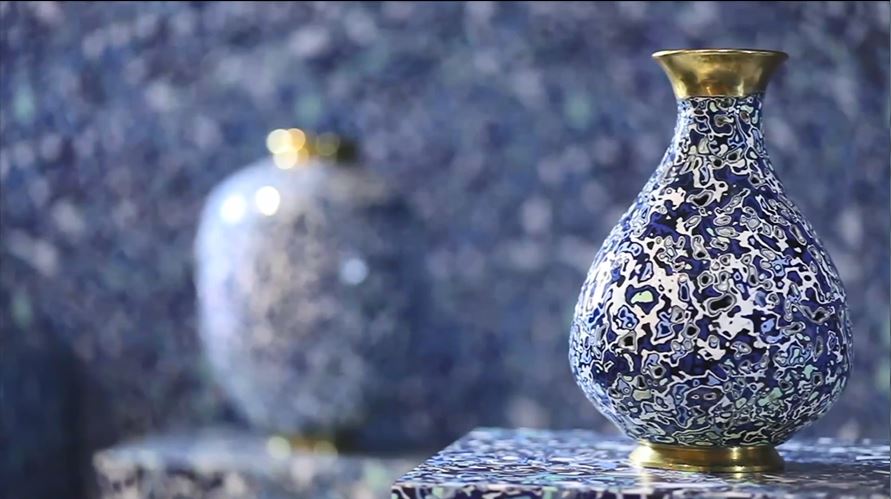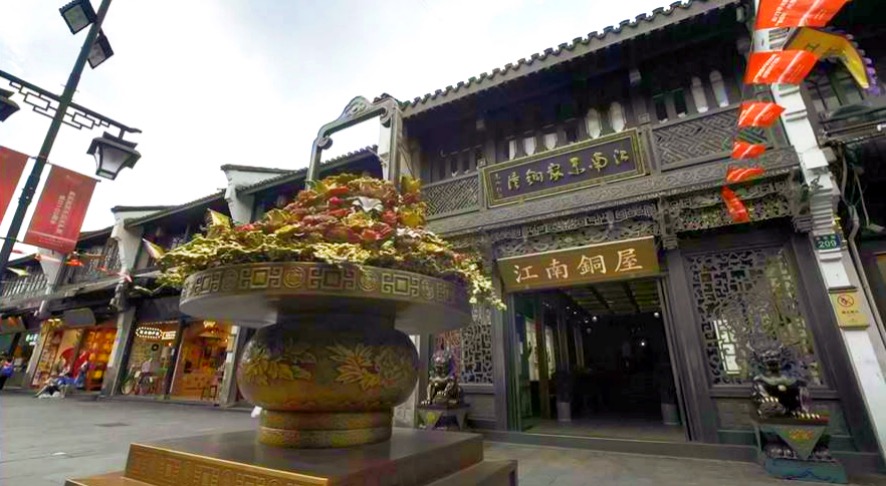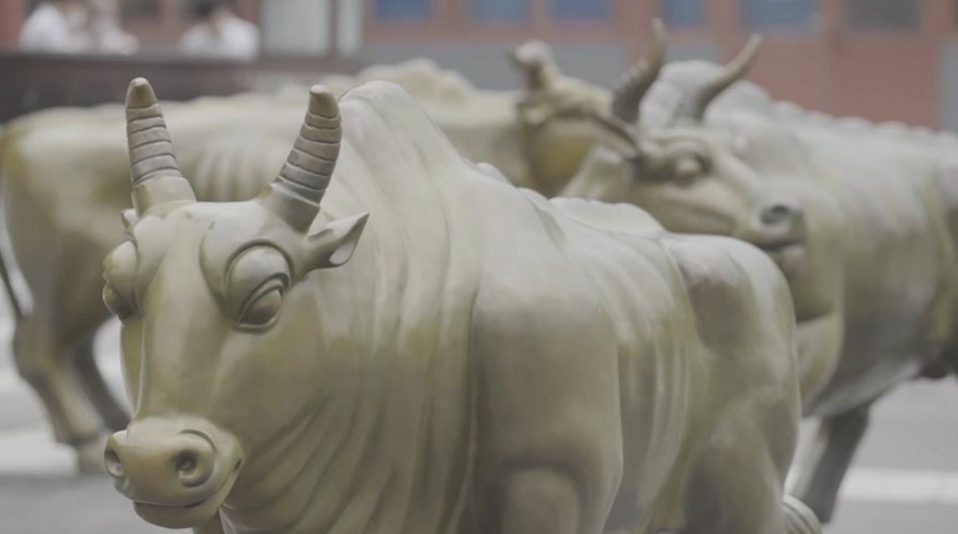07:34

Editor's note: Bronze holds a special meaning in Chinese culture. The Bronze Age, starting around 1700 BC, had a profound impact on the development of civilization in the nation. In our special four-part series, we will follow one of China’s most celebrated bronze art masters, Zhu Bingren. His innovative ideas have helped bring new vitality to this ancient craft. In our third episode, we'll check out Zhu's first bronze art museum, and see how he helped the Palace Museum in Beijing design some of its cultural products.
Zhu Bingren's first bronze art museum is located on the historic Hefang Street in east China's Hangzhou. It is also known as Jiangnan Bronze House.

The screenshot shows Jiangnan Bronze House in Hangzhou, Zhejiang Province. /CGTN
The screenshot shows Jiangnan Bronze House in Hangzhou, Zhejiang Province. /CGTN
The museum was designed to recreate the most typical Jiangnan-style residences of the Ming and Qing Dynasties, or roughly speaking, from the 14th to early 20th century. Jiangnan, which refers to regions south of the lower reaches of the Yangtze River, has long been eulogized by poets for its exquisite style.
Walking inside Jiangnan Bronze House is like embarking on a journey back in time.
Visitors get to see elaborate bronze sculptures in courtyards and corridors. And the rooms are stocked full of pieces made of bronze.
Jiangnan Bronze House is also home to Zhu's collection of historical archives related to bronze art, as well as some of his past creations for the public to savor. He says he always tries to add new pieces to keep the exhibition refreshed.
The museum currently hosts more than 2,000 bronze artworks by Zhu spanning a wide range of genres. This installation is one of the centerpieces. It shows a bronze version of traditional Blue and White Porcelain. Dozens of blue and white bronze vases have been placed with a backdrop matching the patterns on the vases.
When creating these bronze vases, Zhu used a special molten copper technique to make the irregular cut-outs. He explained that he wanted to retain the traditional shape, but also add a modern twist.
However, the coloring process turned out to be quite a challenge, as the glaze used for ceramics failed to cling to the copper surface.
Taking inspiration from traditional coloring techniques like enamel, Zhu was able to find a way to add a color coating to bronze under a high temperature.
Opening more people's eyes to the beauty of the metal, and allowing the bronze age to once again be palpably present, is why Zhu built the museum in the first place. He has also designed a series of bronze cultural products, including teaware and ornaments.
Since 2014, Zhu has been serving as a consultant for cultural and creative product development at the Palace Museum. And he's eager to explore new possibilities for its vast collection of bronzeware.

The screenshot shows some of Zhu Bingren’s artworks for the Palace Museum in Beijing. /CGTN
The screenshot shows some of Zhu Bingren’s artworks for the Palace Museum in Beijing. /CGTN
The veteran artist is also looking to engage the younger generation by mixing the ancient craft with modern art. In 2011, he took his bronze art to Beijing's 798 Art District, known for its collections of creative and avant-garde art.
Revitalizing this time-honored craft has been his life-long pursuit, and Zhu says he's ready to keep surprising people as he continues to break boundaries with his creations.

